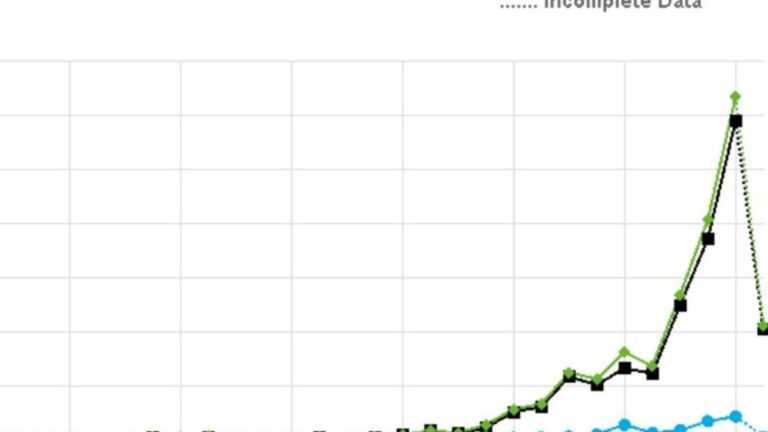Whooping cough cases have soared by almost 500 percent in some parts of Australia.
National regulators warned a year ago that there was a shortage of drugs to treat the disease.
The shortage is likely to continue until at least the end of June, but alternative antibiotics are available.
One activist, whose baby died of whooping cough in 2015, blames falling vaccination rates for the disaster.
The Federal Health Office has reported an increase in the number of whooping cough cases, with 7,031 cases recorded in the first five months of this year.
Approximately 45% of these cases are in Queensland and approximately 40% are in New South Wales.
Queensland Health data shows the number of cases so far this year is 15 times the normal (average) number of cases reported over the past five years.
When infected with the disease, the bacteria affects the lungs and airways, causing severe and uncontrollable coughing, which leaves the infected person with difficulty breathing and is most severe in infants.
According to the Federal Department of Health, on average one infant dies from whooping cough each year in Australia and more than 200 are hospitalised because their mothers don’t vaccinate.


Whooping cough can lead to pneumonia, brain damage and death.
There have been 3,783 incidents so far this year, compared with an average of 242 over the past five years.
In New South Wales, case numbers fell sharply across 2021, 2022 and 2023.
But with 3,218 cases reported in the first five months of this year, cases are up about 160 percent from the 2020 tally.
Queensland’s whooping cough surge has been even worse, up 730% on 2020 and 490% on 2019. But Queensland Health says the 2020 figures were affected by the pandemic and reduced reporting.
Victoria is on pace to surpass its 2020 total and nearly match its 2019 total.


Katherine Hughes has been campaigning for better vaccination rates since her four-week-old daughter, Riley, died of whooping cough in 2015 – she was too young to be vaccinated.
Mr Hughes told the Daily Telegraph last week that falling vaccination rates were a “badge of disaster”.
The disease is endemic to Australia and outbreaks typically wax and wane over three to five year periods, with the last outbreak occurring in 2015-2016.
In Australia, the whooping cough vaccine is available free of charge to infants, four-year-olds, pregnant women and young people aged 12 to 13.
Drug regulator The Drugs and Therapeutic Products Administration said the shortage of the powder used to treat the disease was due to commercial changes and commercial viability.
With the nation facing particularly infectious cold and flu seasons in 2023 and 2024, experts have warned that the isolated nature of the COVID-19 pandemic means that whooping cough is well behind schedule in Australia.

